The circulation of storm No. 10 (Bualoi) has caused heavy losses in human lives and property in Lao Cai province. This is also the time when the two-level local government model (province - commune/ward) has to face practical challenges in its ability to manage and respond to natural disasters. In emergency situations, the "4 on-site" motto has maximized its effectiveness, clearly showing the key role of the grassroots level - the place closest to the people in protecting people from natural disasters.
When the two-tier government model is implemented, the intermediary role of the district level is eliminated. Under normal conditions, this change helps to streamline the apparatus, increase the initiative and flexibility of the commune and ward governments. However, when natural disasters occur unexpectedly and on a large scale, this is a test of the implementation capacity of management, organization of forces and mobilization of resources at the grassroots level.
There are no longer communes and wards "waiting for orders", the new model poses an urgent requirement: grassroots authorities must be more proactive, decisive, self-reliant and flexible than ever.
In that context, the "4 on-the-spot" motto: on-the-spot command, on-the-spot forces, on-the-spot means and on-the-spot logistics has proven its practical value and clear effectiveness.
Duong Quy Commune: Proactive, determined, minimizing damage
From September 28, heavy rains appeared in Duong Quy commune, until September 30, combined with upstream water flowing in, causing floodwaters to rise, causing severe damage to housing, production and rural infrastructure.
As of 9:00 a.m. on October 2, the commune recorded over 20 houses completely damaged, over 30 houses flooded; over 180 hectares of rice flooded; many rural roads were eroded; some infrastructure works such as schools, domestic water supply, irrigation were damaged... Preliminary damage is estimated at about 50 billion VND.
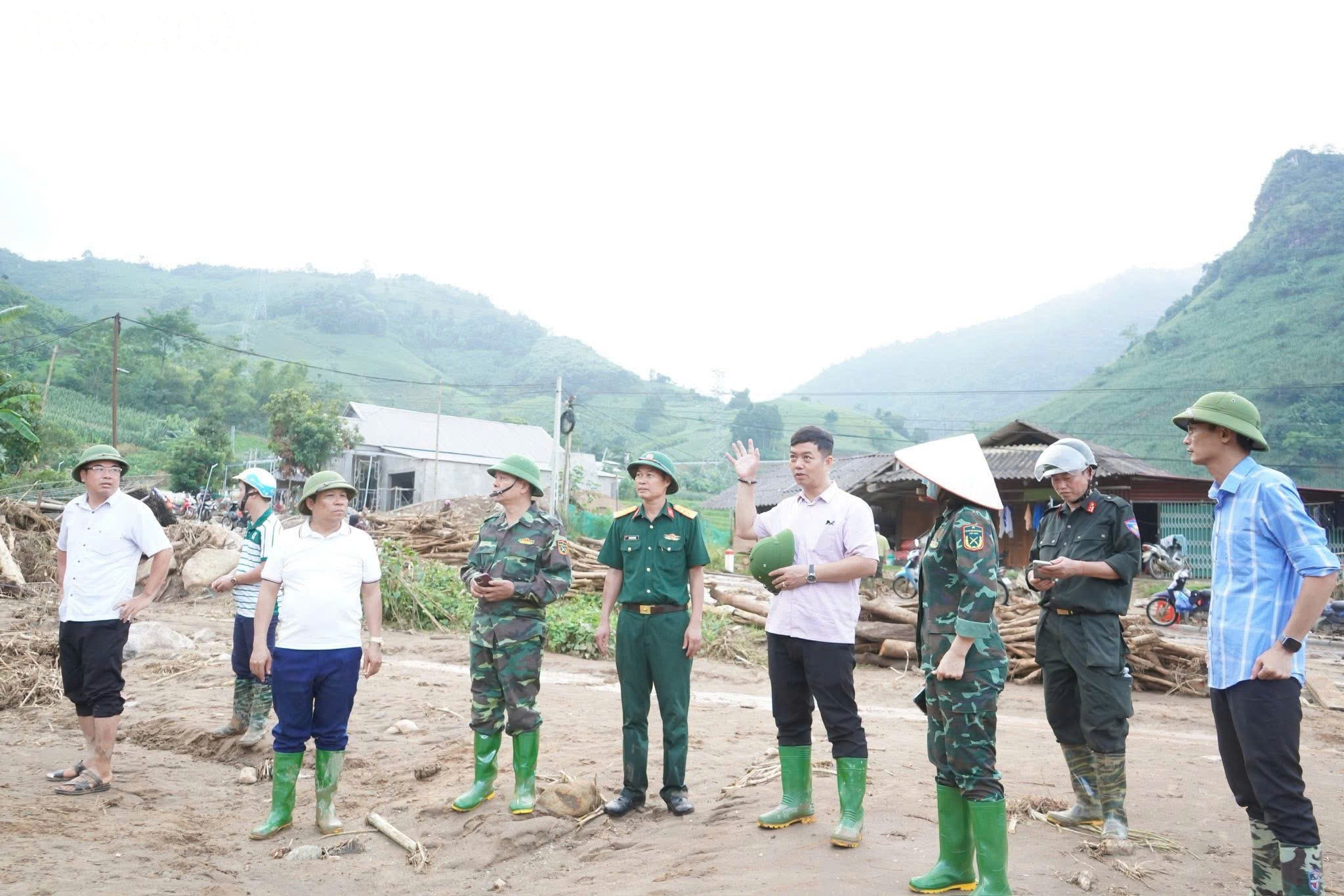
Faced with the emergency situation, Duong Quy commune has implemented the "4 on-site" motto. Mr. Pham Duc Huan, Chairman of the Commune People's Committee, said: Drawing on experience in handling situations from previous floods, the Commune's Steering Committee for Disaster Prevention and Search and Rescue has proactively disseminated information to Party cell secretaries, village chiefs and people to review landslide risk points, promptly grasp the flood situation in villages and hamlets to have response plans.
"The "4 on-site" motto has been effective, helping Duong Quy minimize damage, especially preventing human loss, creating a foundation for the locality to overcome difficulties caused by natural disasters," said Mr. Huan.
According to Mr. Huan, as the government closest to the people, Duong Quy commune has proactively deployed synchronous response measures as soon as there were warnings from specialized agencies and provincial authorities.
Therefore, since September 29, many households have been evacuated to the village cultural house and relatives' houses; boarding students have also been moved to a safe place. The Commune People's Committee has proactively allowed students in the commune to take two days off from school on September 30 and October 1 to ensure safety. Thanks to that, there have been no human casualties in the locality so far.
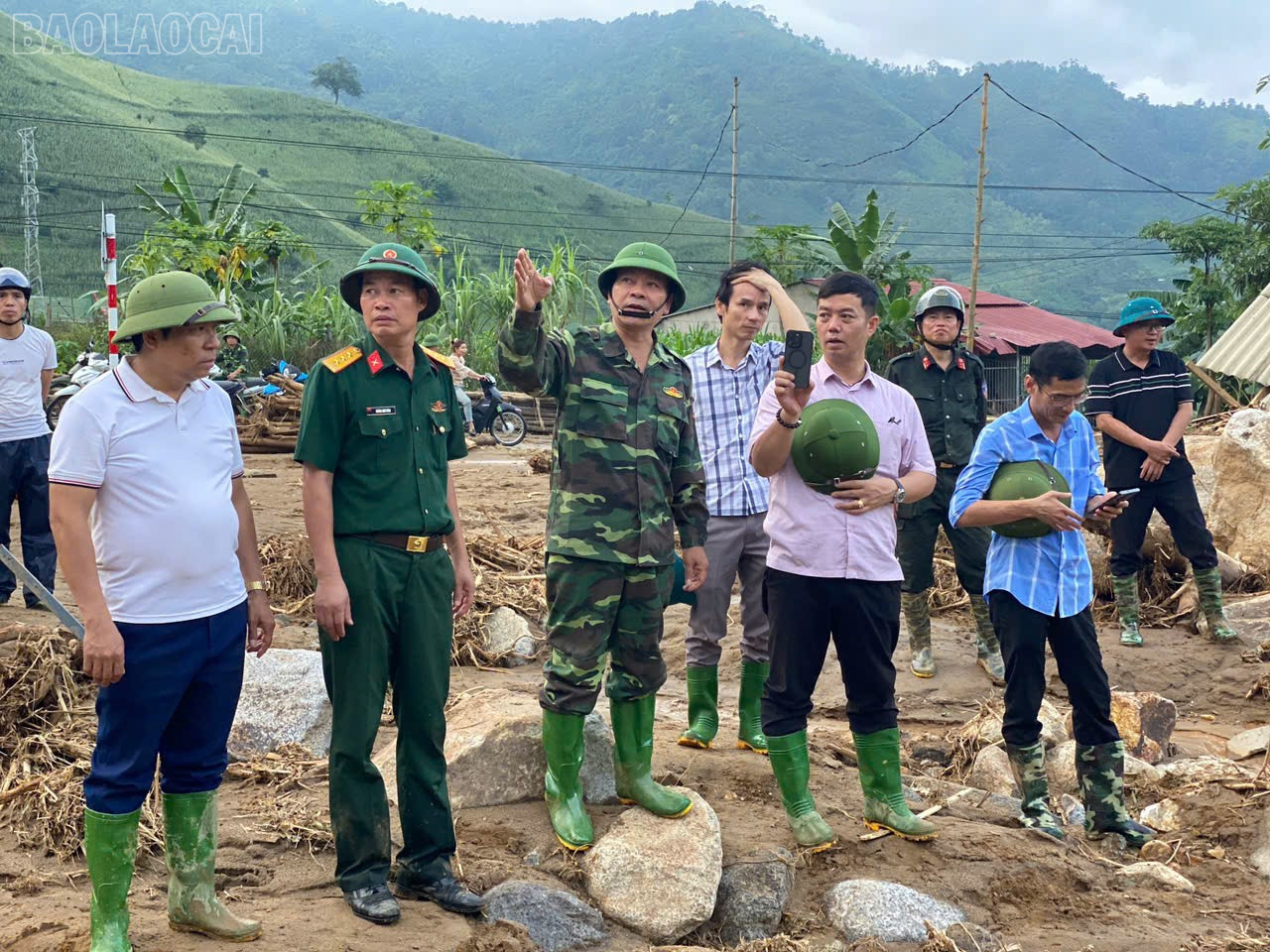
Along with that, the commune has mobilized police, militia, police officers and people to participate in preventing, combating and overcoming the consequences of natural disasters. Machinery and vehicles of businesses and households were mobilized to handle landslides on National Highway 279 passing through the area.
Currently, the commune continues to mobilize vehicles and machinery to overcome landslides on rural roads, initially ensuring temporary access for motorbikes to the village center. Currently, the locality is actively implementing disaster recovery work so that people can gradually restore production and stabilize their lives.
Nam Cuong Ward: Promoting the role of "frontline"
Nam Cuong Ward is also one of the localities heavily affected by the circulation of storm No. 10. Heavy rains have affected more than 1,900 households, of which over 1,000 households had to be urgently evacuated. Many internal roads of the ward were deeply flooded, many residential areas were isolated and hundreds of hectares of rice and crops were submerged.
However, under the strong direction of the Party Committee and government and careful preparation according to the civil defense plan, Nam Cuong ward quickly deployed response activities.
Comrade Ta Ngoc Hoa - Chairman of Nam Cuong Ward People's Committee emphasized: We always identify the role and responsibility of the ward level as key, especially in responding to natural disasters. The ward government has proactively developed plans and quickly surveyed dangerous areas, mobilized and mobilized forces (grassroots security, militia, unions, youth) to support people in evacuating people and property to a safe place.
Along with that, information work is carried out quickly so that people can clearly understand the weather developments and proactively prevent them. The Ward Steering Committee assigns members to closely follow each area, even dividing them into 4 working groups due to the specific characteristics of the area being isolated when the flood rises.
We also promptly reported and received increased support from the province, especially motorboats to move people and supply food to isolated areas.
The ward has prepared boats, life jackets, engines, food, drinking water and especially organized centralized kitchens at temporary evacuation points (cultural houses, high-rise schools) to serve the people.
Although there is no longer an intermediate level, Nam Cuong ward still ensures absolute safety for people during natural disasters. The flexible and effective application of the "4 on-site" motto has contributed to minimizing damage to people and property, protecting people's safety.
Immediately after the flood receded, the ward focused on handling urgent civil issues such as electricity supply, domestic water supply, waste collection, ensuring environmental sanitation and epidemic prevention in residential areas and medical stations.
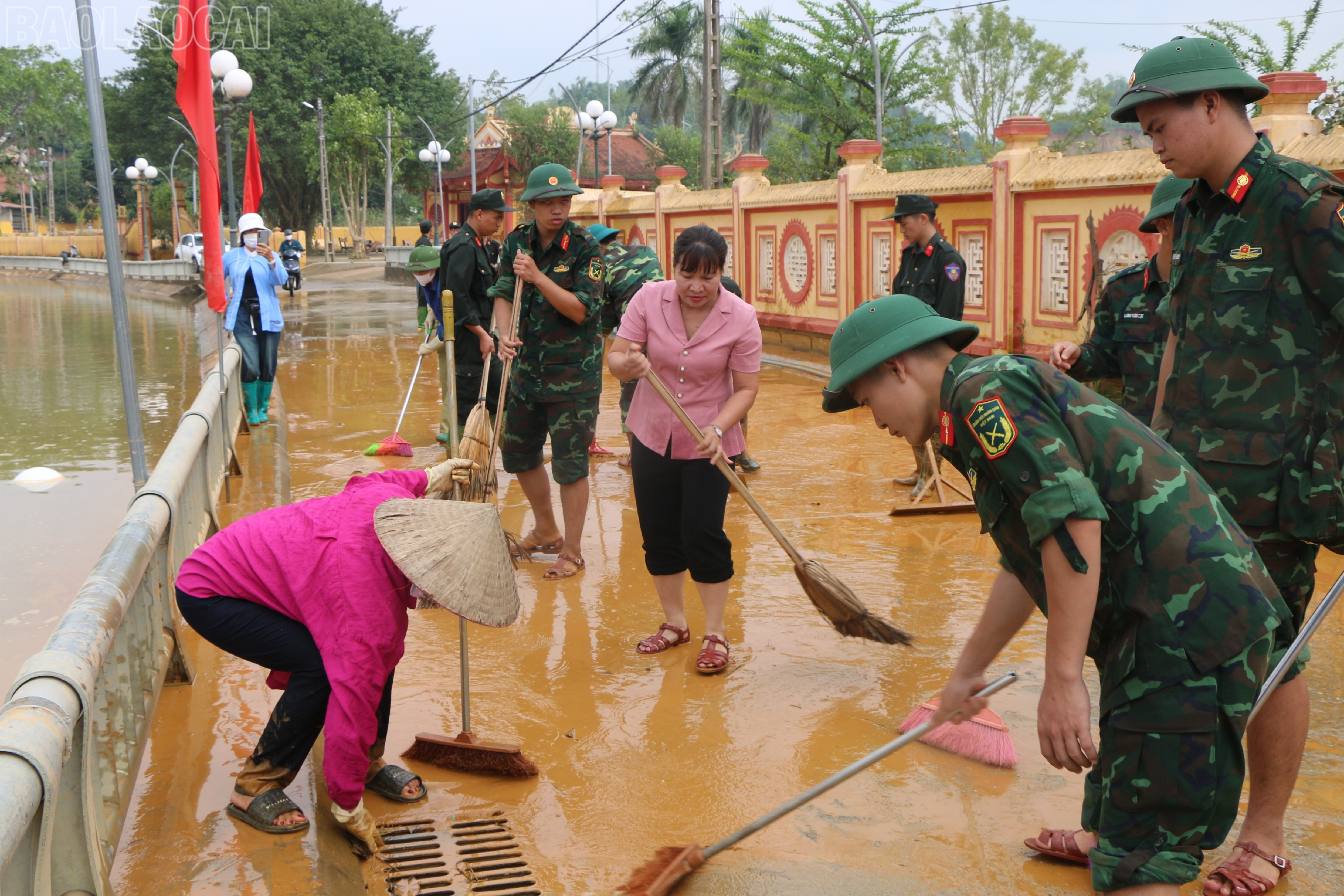
The drastic instructions of Nam Cuong ward authorities in overcoming the consequences of natural disasters, ensuring the safety of people's lives and property have been recognized and appreciated by local people. Ms. Nguyen Thi Nga, Tuy Loc village shared: The ward authorities responded very quickly. As soon as the water rose, people were guided to move and supported with essential items. After the flood, police and militia forces went to each area and each house to help affected households overcome the consequences of natural disasters.
Opportunity to perfect the new model
Without the district level as an intermediary, responsibility falls more heavily on the shoulders of commune and ward leaders. The spirit of “4 on-the-spot” in this context has become a guiding principle in the way of managing, organizing forces and handling emergency situations at the grassroots level.
However, besides the achieved results, the implementation of flood response tasks at the grassroots level also shows many difficulties, especially in terms of human resources and material resources.
Ms. Ta Ngoc Hoa - Chairman of Nam Cuong Ward People's Committee shared: The biggest difficulty of the locality at present is that the response force is still thin, mainly relying on militia and grassroots forces, while means such as motorboats, life jackets, and generators are both lacking and degraded. Funding for storm and flood prevention and control is limited, so the locality must proactively use reserve resources to prepare food when natural disasters occur.
Lessons from Nam Cuong and Duong Quy show that when local authorities have a firm grasp of the situation, are proactive and decisive in all situations, damage will be minimized. At the same time, from the difficulties encountered, it is clear that it is necessary to invest more in localities in specialized vehicles, reserve funds and capacity building for grassroots cadres.
This is not only a challenge, but also an opportunity to perfect the two-level local government model – a model that is gradually affirming its role of being close to the people, serving the people and serving the people in all circumstances.
Source: https://baolaocai.vn/4-tai-cho-trong-mo-hinh-chinh-quyen-dia-phuong-hai-cap-post883658.html



![[Photo] Bustling Mid-Autumn Festival at the Museum of Ethnology](https://vphoto.vietnam.vn/thumb/1200x675/vietnam/resource/IMAGE/2025/10/4/da8d5927734d4ca58e3eced14bc435a3)
![[Photo] General Secretary To Lam attends the 8th Congress of the Central Public Security Party Committee](https://vphoto.vietnam.vn/thumb/1200x675/vietnam/resource/IMAGE/2025/10/4/79fadf490f674dc483794f2d955f6045)


![[Photo] Solemn opening of the 8th Congress of the Central Public Security Party Committee, term 2025-2030](https://vphoto.vietnam.vn/thumb/1200x675/vietnam/resource/IMAGE/2025/10/4/f3b00fb779f44979809441a4dac5c7df)
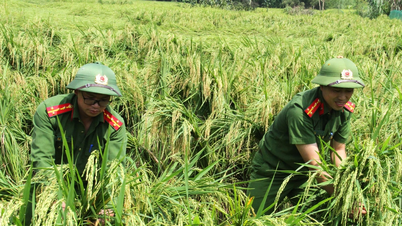
![[Photo] Prime Minister Pham Minh Chinh chairs meeting to deploy overcoming consequences of storm No. 10](https://vphoto.vietnam.vn/thumb/402x226/vietnam/resource/IMAGE/2025/10/3/544f420dcc844463898fcbef46247d16)

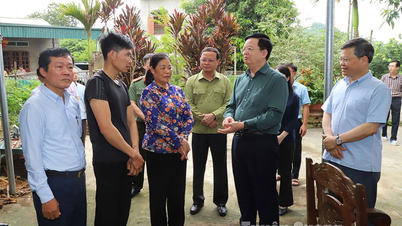

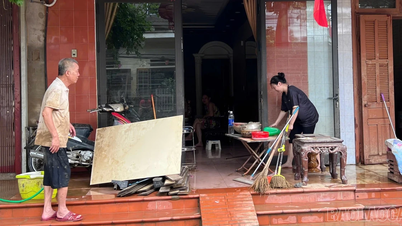
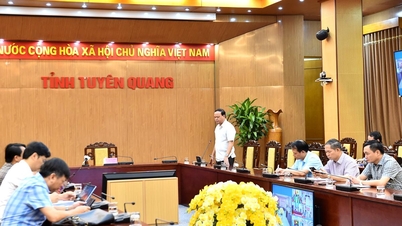
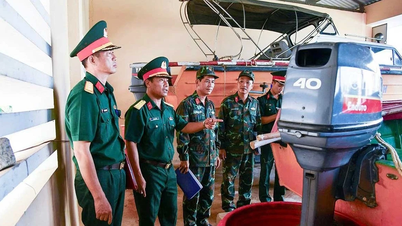

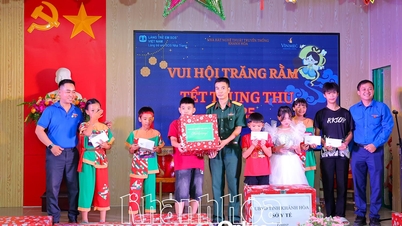

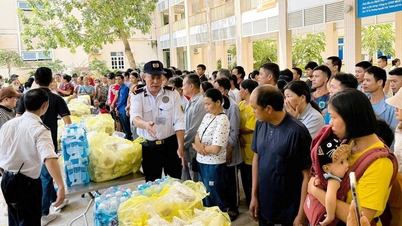
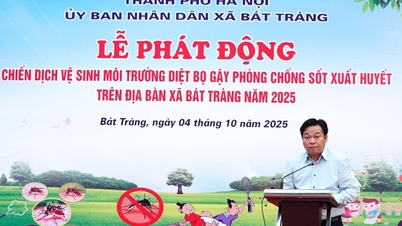



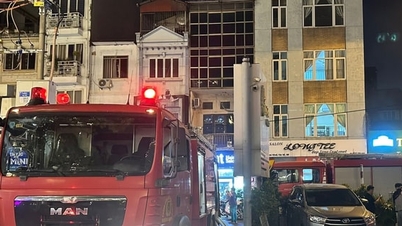

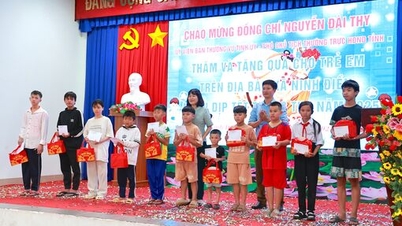





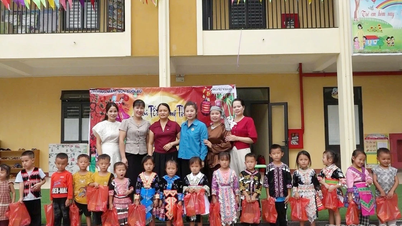
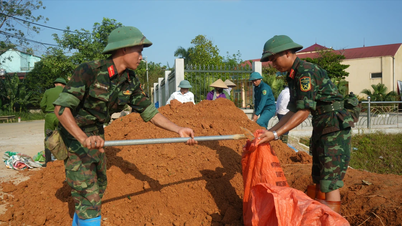
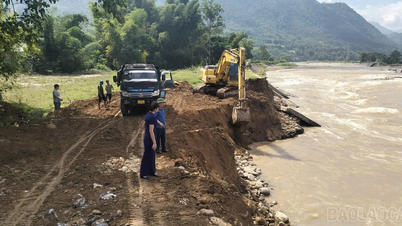
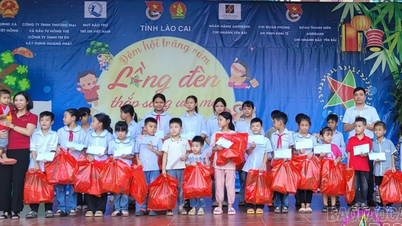
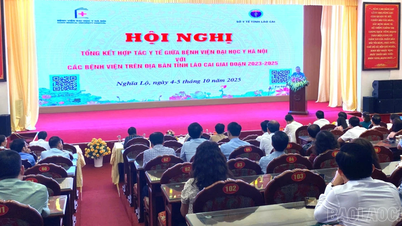
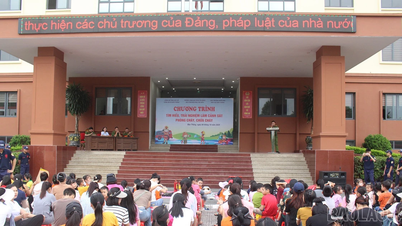


























![[VIDEO] Summary of Petrovietnam's 50th Anniversary Ceremony](https://vphoto.vietnam.vn/thumb/402x226/vietnam/resource/IMAGE/2025/10/4/abe133bdb8114793a16d4fe3e5bd0f12)

![[VIDEO] GENERAL SECRETARY TO LAM AWARDS PETROVIETNAM 8 GOLDEN WORDS: "PIONEER - EXCELLENT - SUSTAINABLE - GLOBAL"](https://vphoto.vietnam.vn/thumb/402x226/vietnam/resource/IMAGE/2025/7/23/c2fdb48863e846cfa9fb8e6ea9cf44e7)





























Comment (0)